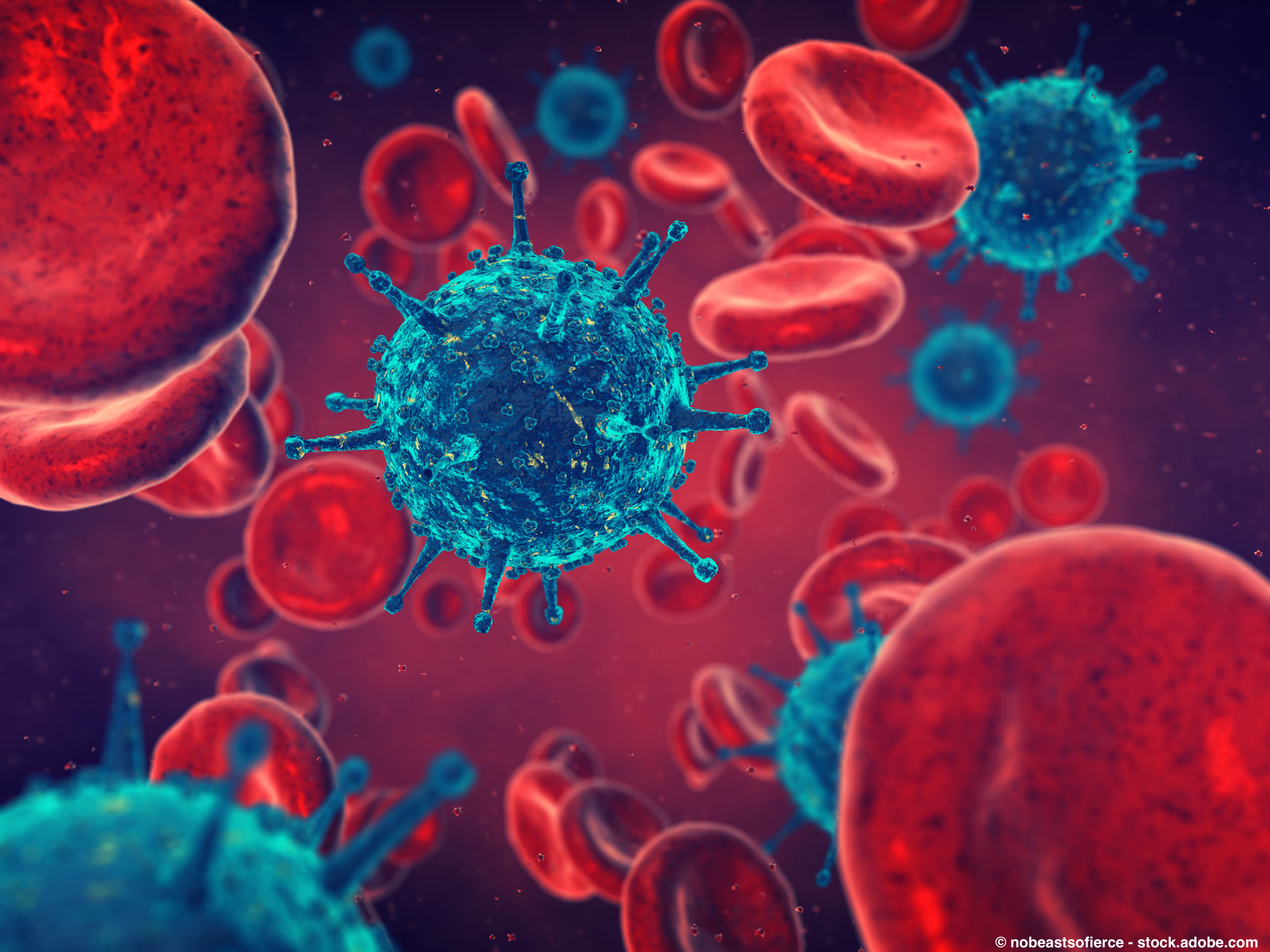Article
Blincyto FDA Approved for Pediatric Acute Lymphoblastic Leukemia
Author(s):
The FDA has approved Blincyto (blinatumomab) for the treatment of pediatric and adolescent patients with Philadelphia chromosome-negative (Ph-) relapsed or refractory B-cell precursor acute lymphoblastic leukemia (ALL).
The FDA has approved Blincyto (blinatumomab) for the treatment of pediatric and adolescent patients with Philadelphia chromosome-negative (Ph-) relapsed or refractory B-cell precursor acute lymphoblastic leukemia (ALL).
The approval of the anti-CD19 immunotherapy in this setting was based on data from a single-arm phase 1/2 trial, known as Study 205, which met its primary phase 2 endpoint of complete remission (CR) within the first two cycles of Blincyto. All patient treatment in the trial has been completed and individuals are now being assessed for long-term efficacy, according to Amgen, the developer of the drug.
"Blincyto represents the first new treatment option for childhood acute lymphoblastic leukemia approved in more than 10 years," Lia Gore, M.D., professor of Pediatrics, Medical Oncology and Hematology, University of Colorado Anschutz Medical Campus, and one of the lead investigators on Study 205, said in a statement. "The opportunity to enhance the treatment landscape of this disease for children with this drug is very exciting."
The most common adverse events of grade 3 or greater among patients receiving the recommended dose (70 patients) were anemia, thrombocytopenia, febrile neutropenia, hypokalemia and neutropenia. Serious adverse events were comparable to those previously reported for Blincyto in adult patients.
In the phase 1 data from Study 205, the CR rate was approximately 32 percent among 41 patients with relapsed/refractory ALL. Among the patients who achieved a CR, 77 percent were minimum residual disease (MRD)—negative, the median relapse free survival was 8.3 months and the median overall survival was 5.7 months. Preliminary results for 39 patients from the phase 2 part of the study showed that the CR rate was 31 percent (12 patients). Among patients reaching a CR, 42 percent were MRD-negative, the median relapse free survival was 5.6 months and the median overall survival was 4.3 months.
As an accelerated approval, the continued approval of Blincyto in this setting is contingent upon results from a confirmatory trial.
Following a breakthrough therapy designation in July 2014, the FDA initially granted Blincyto an accelerated approval for adult patients in this setting in December 2014, based on phase 2 data demonstrating strong clinical activity with the agent.
In the pivotal phase 2 study, the CR rate was 32.4 percent, the CR with partial hematological recovery (CRh) rate was 9.2 percent and the combined CR/CRh rate was 41.6 percent. Overall, 80 percent of patients who achieved a CR also responded by MRD testing. Approximately 39 patients of patients who achieved a CR/CRh went on to receive an HSCT.
The most common all-grade adverse events were pyrexia (62 percent), headache (36 percent), peripheral edema (25 percent), febrile neutropenia (25 percent), nausea (25 percent), hypokalemia (23 percent), rash (21 percent), tremor (20 percent) and constipation (20 percent). In all, three patients experienced treatment-related grade 5 adverse events: sepsis (two patients) and candida infection (one patient).
Neurological side effects occurred in approximately 50 percent of patients. Additionally, 11 percent experienced cytokine release syndrome. To address these side effects, the FDA approved Blincyto with a Boxed Warning and Risk Evaluation and Mitigation Strategy.
Results from the confirmatory phase 3 TOWER trial were presented in June at the 2016 European Hematology Association Congress. In the study, the median overall survival with Blincyto was 7.7 months versus four months with standard chemotherapy in patients with Philadelphia chromosome—negative relapsed or refractory B-cell precursor ALL.
The open-label phase 3 TOWER trial randomized 405 patients in a two-to-one ratio to Blincyto (271 patients) or investigator’s choice of one of four standard chemotherapy regimens (134 patients). Treatment with Blincyto reduced the risk of death by 29 percent versus standard chemotherapy.
The CR rate with Blincyto was 39 percent versus 19 percent with standard chemotherapy. The combined CR/CRh/CRi rates were 46 percent versus 28 percent, respectively. The adverse event (AE) profile was similar between the two arms and consistent with previous studies of Blincyto.
Blincyto is a recombinant, single-chain monoclonal antibody that possesses antigen-recognition sites for CD3 and CD19. The CD3 complex consists of T cell surface glycoproteins, while CD19 is a tumor-associated antigen. The combination of these recognition sites into one therapy is thought to promote cytotoxic T lymphocyte and helper T lymphocyte activity against CD19-expressing B lymphocytes.
The multicenter, dose-finding, efficacy Study 205 trial accrued 93 patients aged younger than 18 years with Ph- B-cell precursor ALL who were refractory, had relapsed at least twice, or relapsed after an allogeneic hematopoietic stem cell transplantation (HSCT). Following the phase 1 portion of the study, the recommended Blincyto regimen proposed by an independent monitoring panel for phase 2 was stepwise dosing of 5/15-μg/m²/day.




